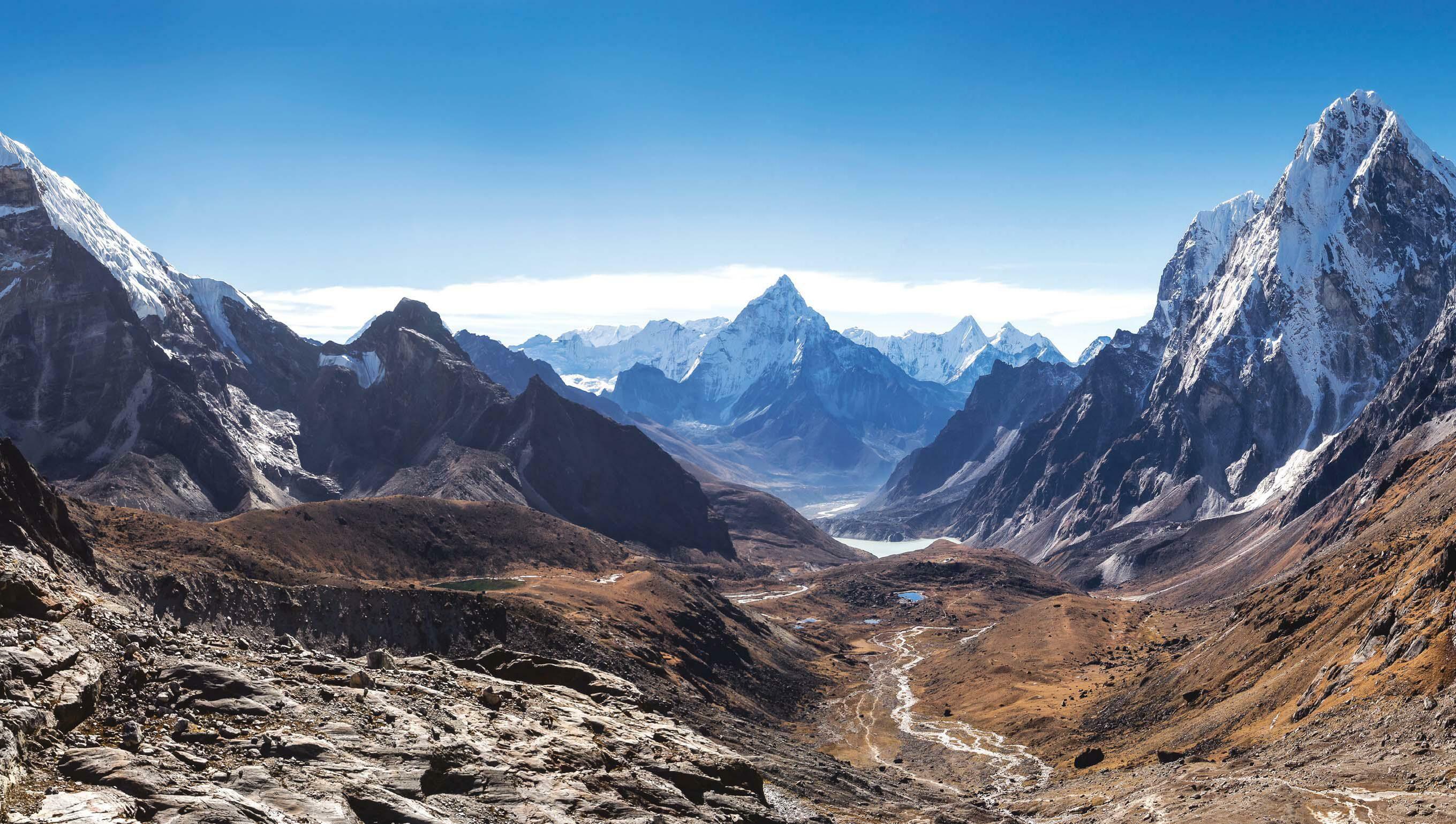
Life has been swimming, flying, crawling and growing on this planet for more than three billion years. Humans have only been spreading out across the world over the last 200,000 years. Yet in this short stretch of time, people have reached almost every corner. Join us as we go in search of the worlds’ emptiest, wildest areas.
What is a wilderness?
A wilderness is a place that is still untouched by humans. To most scientists, this means not only that no one lives there, but that the habitat is free from human impact – the unique mix of plants and animals that grow there is not influenced by people.
Wildernesses are also zones that people protect to preserve the unique ecosystem (the community of living things and their environment) and keep it wild. Dave Foreman, an environmental scientist, calls them a “self-willed land” – an area where what happens is due to nature alone, and not people.
Where the wild things are
It’s hard to find places with no trace of human activity. It wasn’t always this way of course – a thousand years ago there were only 310 million people on the planet. Today there are more than 8 billion. Scientists estimate that 77% of all land and 87% of the sea has now been changed by human activity. So, where are the world’s last remaining wildernesses?
この記事は The Week Junior Science+Nature UK の Issue 71 版に掲載されています。
7 日間の Magzter GOLD 無料トライアルを開始して、何千もの厳選されたプレミアム ストーリー、9,000 以上の雑誌や新聞にアクセスしてください。
すでに購読者です ? サインイン
この記事は The Week Junior Science+Nature UK の Issue 71 版に掲載されています。
7 日間の Magzter GOLD 無料トライアルを開始して、何千もの厳選されたプレミアム ストーリー、9,000 以上の雑誌や新聞にアクセスしてください。
すでに購読者です? サインイン

WE COULD BE HEROES
Meet the young people just like you who are doing amazing things to help save the world.
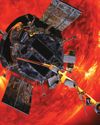
Space probe "touches" the Sun
NASA's Parker Solar Probe made history on 24 December 2024 with the closest-ever approach to the Sun.

Asel Sartbaeva
Meet the researcher whose work will save lives around the world.
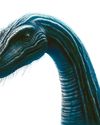
Loch Ness Monster
Can new studies of Loch Ness finally unlock the secrets of Nessie?
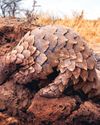
Pangolin preservation
Meet the puppy protectors helping to save a threatened animal.
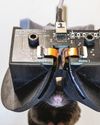
Mice wear VR goggles
Scientists at Cornell University in the US have built virtual reality (VR) goggles for mice.

10-year-old wins award
A woman who had bowel cancer is now cancer-free after receiving a liver transplant.
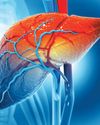
A life-saving liver transplant
A woman who had bowel cancer is now cancer-free after receiving a liver transplant.
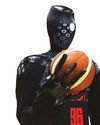
Robot shoots hoops
A robot designed by Toyota Motor Corporation in Japan has broken the world record for the longest basketball shot by a humanoid robot.
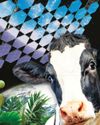
SCIENCE SAVES THE WORLD
Space umbrellas, green sand and garlic milk... Isabel Thomas explores the boldest ideas and wackiest ways to fight climate change and fix the planet.